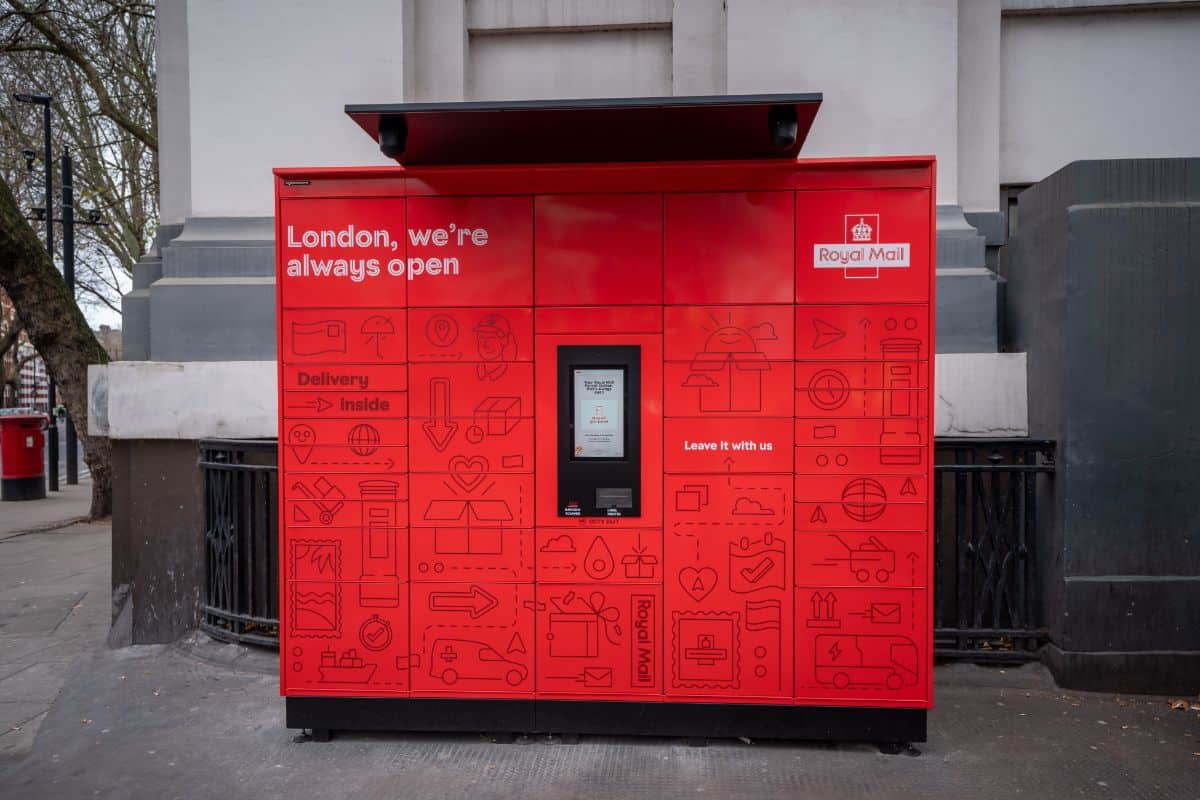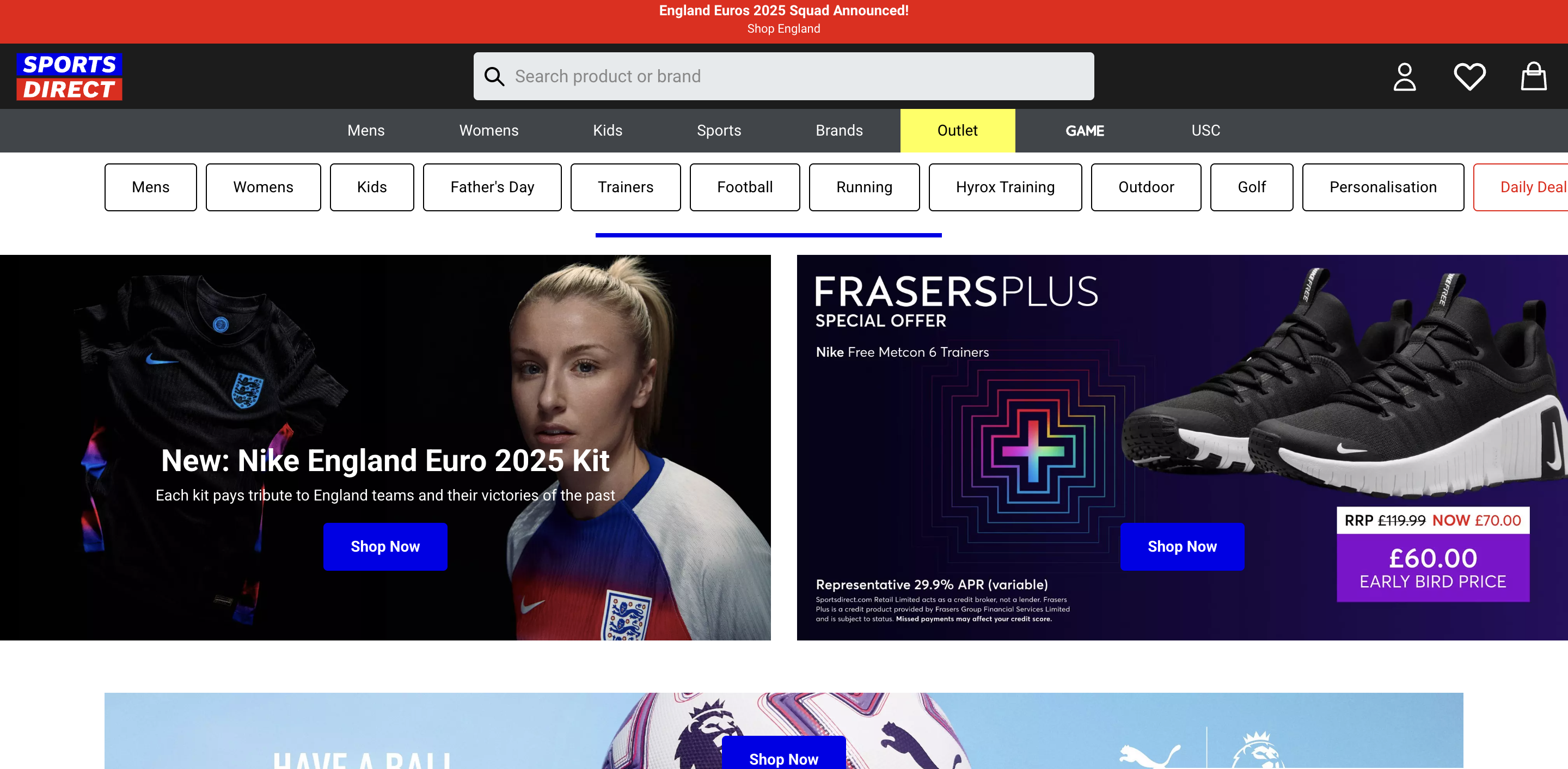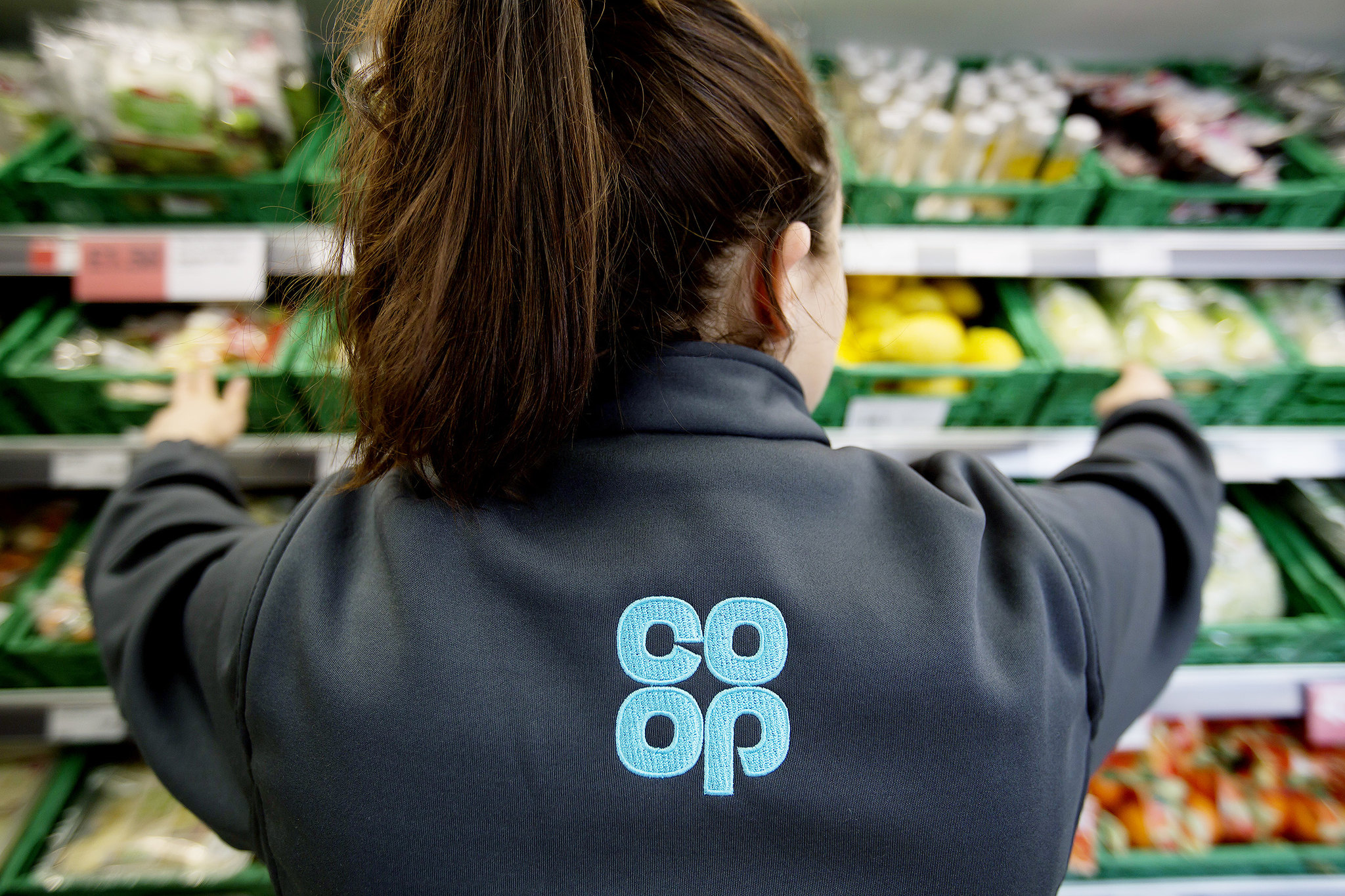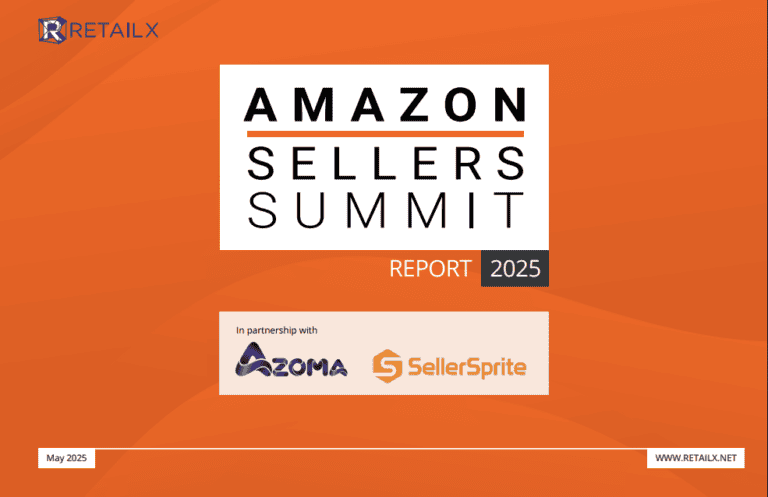UK retailers, their delivery partners, and customers are losing £1.6bn a year by getting delivery wrong, according to a new IMRG study.
The Valuing Home Delivery Review 2018, launched at this week’s eCommerce Expo, analyses data from more 200 retailers over the course of 120m orders and deliveries a year, while also surveying 2,200 end-consumers in order to find out how much failed deliveries cost each group.
The study looked at four scenarios: when delivery fails first time and the customer collects, when delivery fails and the carrier redelivers, when the order is late for its delivery window, and when, occasionally, an order is lost.
That cost was measured through the cost of customer service, the cost of consumer time, the cost to retailers in fulfilment and delivery costs, and the cost to the carrier. It found that consumers lose out to the tune of £374.8m, carriers lose £122.6m, and retailers lose £1.2bn a year. Lost orders are the most expensive, costing an average of £147.14 per delivery, mostly attributable to the retailer.
The cost to the shopper
Shoppers, who shop online for a cheaper and more convenient experience, spend money on calls and travel to depot when their parcel needs to be redelivered or has to be collected. On average, it costs them £2.90 for re-delivery, £7.41 to collect from a depot, £2.53 for late delivery and £5.26 for a lost delivery.
The cost to the retailer
It costs a retailer an average £4.90 for a failed first delivery that has to be re-delivered, whilst a pick up from the depot incurs no cost, a late delivery costs the retailer £21.64, whilst a lost delivery costs a whopping £123.61.
The cost to the carrier
For carriers the cost of a re-delivery comes to £2.01, with collection slightly more expensive at £2.74, but less than the £7.41 that it costs the consumer. Failed delivery costs £18.27. Significantly IMRG’s research suggests that no cost is borne by the carrier for a late delivery.
Andrew Starkey head of e-logistics at IMRG said: “Failed first delivery is too dependent on the knowledge of the delivery person and the local knowledge of the postie doesn’t exist in the gig economy. It’s comes down to trial and error and with that you get a lot of complaints.”
He advises carriers to invest in interactive technology that allows them to not only warn a customer of when a delivery is due, but allows the customer to reschedule or suggest a safe place. With carriers such as DPD already using such technology, consumer expectations are now that all delivery partners should work to the same standards.
Meanwhile he warns retailers that their effort to ape Amazon Prime for delivery speed could actually be an Achilles heel, pointing to the fact that more and more retailers are offering next-day delivery as a default, with economy (two to three-day delivery) down 5% since 2016 and next day up 5%. This change is mirrored by an increase in failure on deliveries from 94% in 2016 to a low of 88% in May 2018, suggesting that there simply isn’t enough capacity in the system to deliver such a high proportion of next day deliveries. He said: “Amazon will do what Amazon does, doesn’t mean you have to do the same, there are other ways”.
The report comes as the latest IMRG MetaPack UK Delivery Index showed online retail parcel delivery order volumes were up by 10.3% year-on-year in August. IMRG says order volumes typically dip towards the end of the summer and this August deliveries were 7.5% down on July.
The percentage of orders using next-day delivery continued to increase, accounting for 56% of orders delivered in the UK during August, up from 52% at the same time the previous year and a record for this time of year. At the same time, the volume of economy deliveries has dropped by 4 percentage points to 41.4% and, while next-day volumes continue to rise, the rate of successful on-time deliveries was recorded at 89%.
Starkey said: “The first half of 2018 provided a steady growth picture for online delivery volumes and, while we tend to track a slowdown in volumes over summer, this is expected and we are still on course for our target 13% year-on-year growth for the full year. Of the 1.5bn parcels this will generate, about a quarter will be sent in November and December and so preparations for peak are in full flow. Over the next few months we must hope that the record average basket values we have seen so far this year are sustained. Also, for an improvement in on-time delivery performance which, although recovering a little this month, still gives cause for concern.”
The EU is still the dominant destination for UK cross-border deliveries, accounting for 61% of all UK exports. Of these, Ireland, Germany and France continue to receive the highest volume of UK goods, with proximity likely being the cause. Elsewhere in the world it is the English-speaking markets of the US and Australia that remain most popular for UK retailers.
Maria Dahlquist Canton, global marketing director at MetaPack, said: “Given the challenges that the retail industry is facing at the moment with store closures and profit warnings, it is reassuring to see that online order volumes are holding up well and are in line with forecast. ecommerce is thriving, but clearly retailers are using a variety of delivery offers to attract and hold on to customers, which accounts for the growth in availability of next day delivery options. In the run up to Peak, we will be keeping a close eye on how these orders are fulfilled.”
Image: Fotolia








